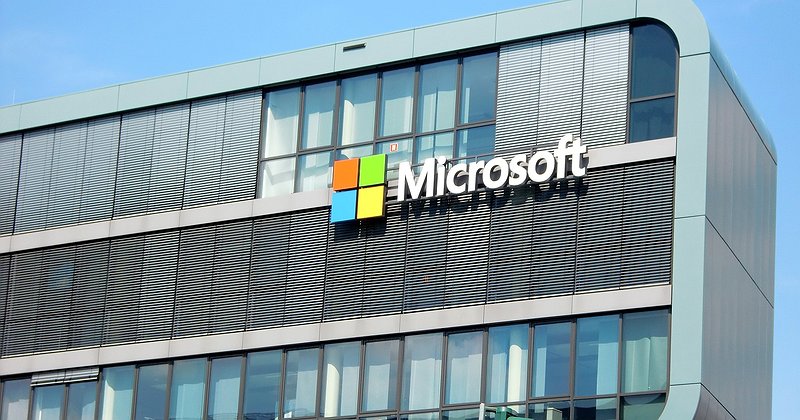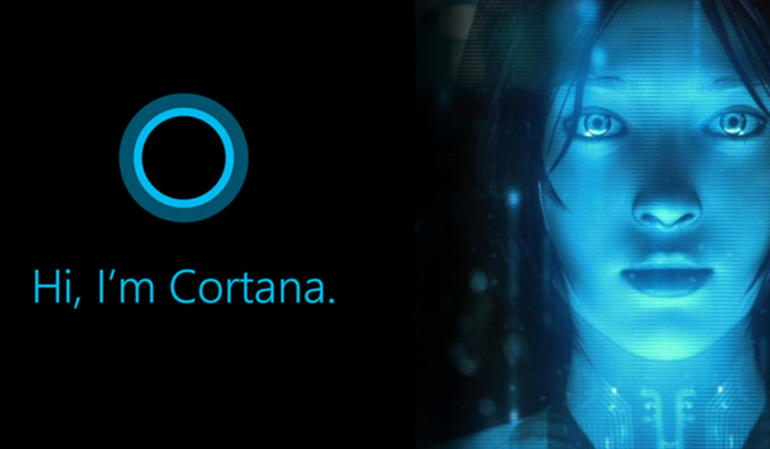Microsoft has just announced that it is going to open up the Windows Holographic platform and make it available to other companies. The platform powers HoloLens, Microsoft’s innovative augmented reality headset, and allows developers to be able to make games and apps for the upcoming headset.
The partners will then be capable of building AR headsets like the HTC Vive, in addition to being able to make the components that will power those devices. It will be similar to the original idea Microsoft had with the Windows operating system where they built the OS and then let others create the necessary hardware to sell their own PCs.
Today, Microsoft has a dominant position with VR. Both the Vive and the Oculus Rift run only on Windows. With Microsoft opening up Holographic, there should be many more companies who will get into virtual reality, probably leading to more innovative products in the future.
Over the years, Microsoft has not been very successful in bringing Windows to the mobile world. The company has admitted failure in the smartphone market and has laid off nearly 10,000 Nokia employees, written down $8.5 billion, and is selling off the Nokia feature phone business.
However, there is a difference between with VR and AR. even though the company has entered the market later than the competition. With HoloLens, Microsoft appears to actually be somewhat ahead of the curve. HoloLens is a product that will not likely have very many true consumer applications for several years, and with the developer edition selling for $3,000, it’s considerably more expensive than any of the VR headsets on today’s market.
The current virtual reality platforms today are considered highly isolated experiences. Microsoft’s approach intends to bring users, objects, headsets and devices all together under a single mixed-reality platform. This might be the reason Microsoft is calling it ‘mixed’ reality; the fact is that the approach isn’t about simply supplementing our current world with data in a new format or completely creating a new artificial world – it is about how the virtual and the real worlds can integrate seamlessly into one.
Developers will also reap the benefit. All UWP (Universal Windows Platform) apps can be programmed so they run on holographic or virtual experiences. As an example, the same Facebook app that runs on your desktop computer could be made to work on your VR headset. Even though Oculus and Google have a head start, Microsoft has an advantage in that the Windows 10 ecosystem stands behind it.
By opening up Windows Holographic, consumers will have more choice in the marketplace and that will mean better VR and AR experiences for everyone.



